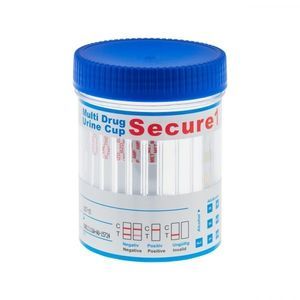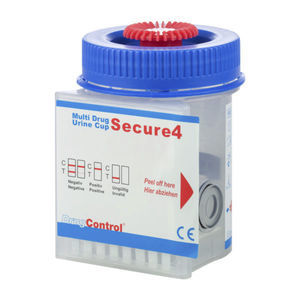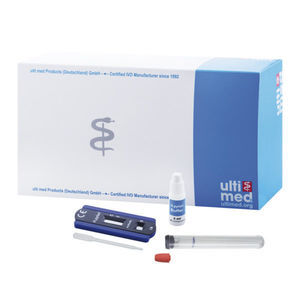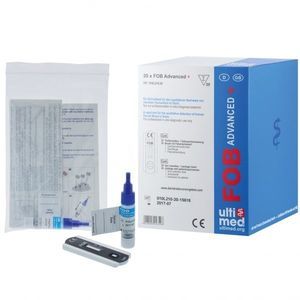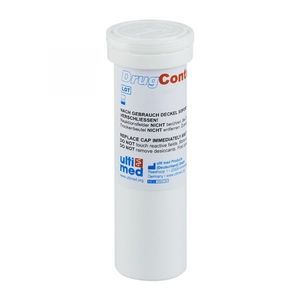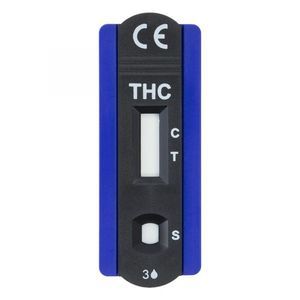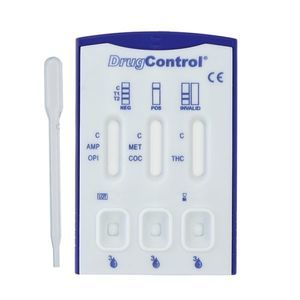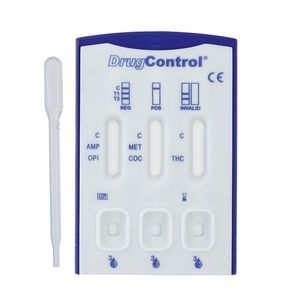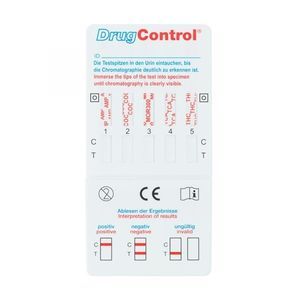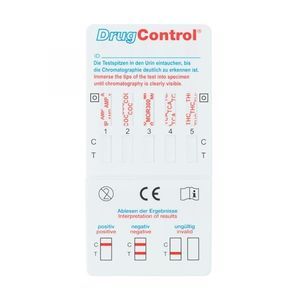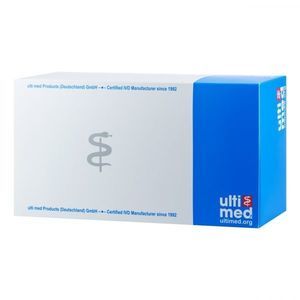
- Laboratory
- Laboratory medicine
- Urinalysis test strip
- ulti med Products (Deutschland)
Urinalysis test strip 006T02CTmicroalbuminalbumincreatinine
Add to favorites
Compare this product
Characteristics
- Application field
- for urinalysis
- Tested parameter
- microalbumin, albumin, creatinine, microalbuminuria
- Sample type
- blood, urine
- Format
- strip
Description
The Urinalysis Reagent Strips (Urine) are firm plastic strips onto which several separate reagent areas are affixed. The test is for the qualitative and semi-quantitative detection of Creatinine, and Albumin at low concentrations also known as Microalbumin in urine. The test can also provide an Albumin to Creatinine ratio from a random single-void specimen by visual reading.
SUMMARY
Urine undergoes many changes during states of disease or body dysfunction before blood composition is altered to a significant extent. Urinalysis is a useful procedure as an indicator of health or disease, and as such, is a part of routine health screening. The Urinalysis Reagent Strips (Urine) can be used in general evaluation of health, and aids in the diagnosis and monitoring of metabolic or systemic diseases that affect kidney function, endocrine disorders and diseases or disorders of the urinary tract.
The test is also used to screen samples for microalbuminuria which may help determine which patients are at risk of developing early kidney damage. The development of glomerular damage, in the absence of nephropathy, may be predicted by microalbuminuria. Patients with the highest risk are those with diabetes and hypertension, followed by patients who have immune disorders or have been exposed to nephrotoxins. Microalbuminuria may also be an early indication of developing preeclampsia during pregnancy.
Catalogs
No catalogs are available for this product.
See all of ulti med Products (Deutschland) ‘s catalogsOther ulti med Products (Deutschland) products
Rapid tests
Related Searches
- Assay kit
- Blood rapid diagnostic test
- Rapid lateral flow test
- Immunoassay rapid diagnostic test
- Cassette rapid diagnostic test
- Virus rapid diagnostic test
- Serum rapid diagnostic test
- Plasma rapid diagnostic test
- Infectious disease rapid diagnostic test
- Clinical assay kit
- Whole blood rapid diagnostic test
- Lateral flow test kit
- Rapid respiratory infection test
- Urine rapid screening test
- Strip detection kit
- Test strip
- Bacteria rapid diagnostic test
- Strip rapid diagnostic test
- Urine assay kit
- COVID-19 rapid diagnostic test
*Prices are pre-tax. They exclude delivery charges and customs duties and do not include additional charges for installation or activation options. Prices are indicative only and may vary by country, with changes to the cost of raw materials and exchange rates.





